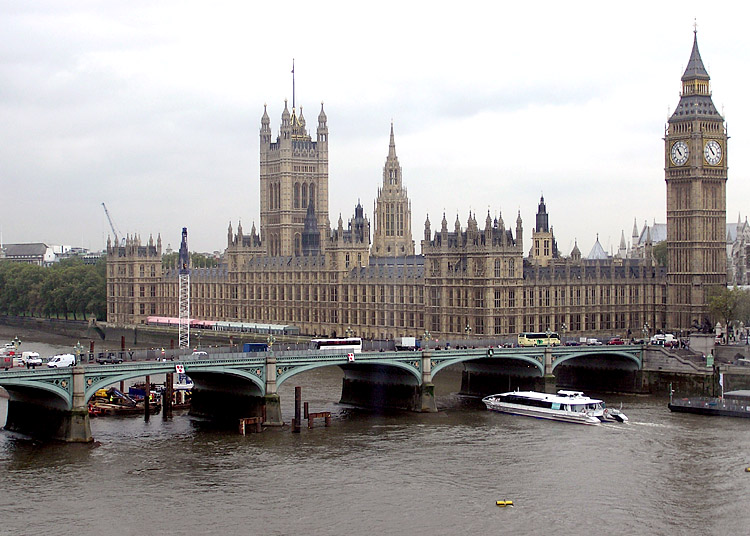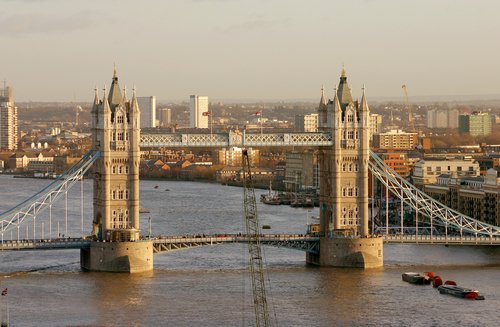 The River Thames has something for everyone. If you enjoy peace and natural beauty, then the gentle and remote stretches of the Upper Thames from its source to Lechlade will suit you. From Lechlade to Eynsford the river is full of such unexpected sights and delights, like kingfishers and otters, or families of ducks having their first swimming lesson across the river, or the sight of cows standing in the river water, their tails gently swishing away. . This lovely area of England is bounded by the Cotswolds.
The River Thames has something for everyone. If you enjoy peace and natural beauty, then the gentle and remote stretches of the Upper Thames from its source to Lechlade will suit you. From Lechlade to Eynsford the river is full of such unexpected sights and delights, like kingfishers and otters, or families of ducks having their first swimming lesson across the river, or the sight of cows standing in the river water, their tails gently swishing away. . This lovely area of England is bounded by the Cotswolds.At Oxford the river seems to spring into a faster pace. Here you can take a cruise, hire a punt or motor launch, or just sit at one of the many riverside pubs and watch the scullers from the world-famous University Rowing Clubs in training.
 Middle River
Middle RiverFrom Oxford downstream the Thames meanders its way through beautiful countryside reaches and historic settlements, with an enormous and almost inexhaustible variety of places to visit. One of them - Marlow - is a gem of Georgian architecture, for instance.
For the energetic walker there is the Thames Path which stretches from the source at Thames Head down to the Thames Barrier at Woolwich. Alternatively, you can have the magical experience of actually being on the river itself. You will be surprised as I was at how different your experience of the river will be when you are on board a boat, rather than standing on the bank!
Historic sites of compelling interest abound, from tiny hamlets such as Mapledurham with its working watermill to the great castles and royal palaces of Windsor and Hampton Court.
 Lower River and London
Lower River and LondonDownstream of Teddington (a derivative of Tide-end-town) the River Thames changes its rhythm. Though still 60 miles from Southend and the North Sea the Thames becomes tidal. Twice a day the river flows back up towards its source, as the sea pushes its way up the estuary. With the falling tide the foreshore is revealed – a somewhat neglected part of the river, but whose mud and shingle conceal fascinating clues to the great city of London’s rich past. The river changes its character many times as it flows towards the Nation’s capital. Suburban gardens and green open spaces of stately parks rub shoulders with Georgian mansions, often set alongside new luxurious riverside homes built on former industrial sites. Passenger boats coming upriver from Westminster stop at Richmond, Kew, Chiswick, and Putney en route for Kingston and Hampton Court In Central London you will find a wide choice of passenger boats plying the piers between Westminster and the Thames Barrier. If you prefer to explore on your own, you can choose buses or the underground.
 Westminster Bridge and The London Eye photo Southbank Consultancy
Westminster Bridge and The London Eye photo Southbank ConsultancyIn Central London every stretch of the river has a tale to tell of former days. Palaces, docks, cathedrals and churches, great bridges, theatres and museums all jostle for attention. Here one can spend many happy days exploring the city’s rich past, both on foot or by boat, or shopping in the luxurious areas of the West End and the galleria which abound by the Thames. Samuel Boswell recorded that Dr Johnson, the author of the first Dictionary of the English Language, once said that “When one is tired of London one is tired of life itself, for there is in London everything that life affords.”
St Pauls Cathedral - Sir Christopher Wren's masterpiece - visit www.st.pauls.co.uk
This section of the Thames contains such iconic images as Big Ben, the Houses of Parliament, Westminster Bridge, St Paul’s Cathedral and London Bridge, to name but a few of the world-famous landmarks sited by the river.
The Tower of London is the next famous building that you see from the river. It has over 1000 years of history and much bloodshed and misery in its long life. However, certain inhabitants of The Tower enjoy their life and are cared for very carefully. They are the huge black Ravens - they are kept in the Tower because an old legend says that if the ravens ever leave the Tower the Tower and the Kingdom will fall. Needless to say they are very well loked after, and they are very popular with the millions of sightseeers who view them daily. A Yeoman Warder (called the Ravenmaster) told me once that the ravens also have one or two flight feathers removed so as to discourage them from trying to leave...
Once past Tower Bridge the river widens at it sweeps inexorably down to Deptford and Greenwich, towns rich in Naval tradition and maritime history. The working wharves here are nearly an extinct species.

The twin towers of Greenwich Naval College - photo Stephen Worsfold
Further downstream from Greenwich you pass the Millennium Dome - now the O2 Dome - on the Greenwich peninsular , and on to the Thames Barrier whose glittering stainless steel casings (which are to my mind reminiscent of the Sydney Opera House) form a fitting gateway to the sea.






No comments:
Post a Comment